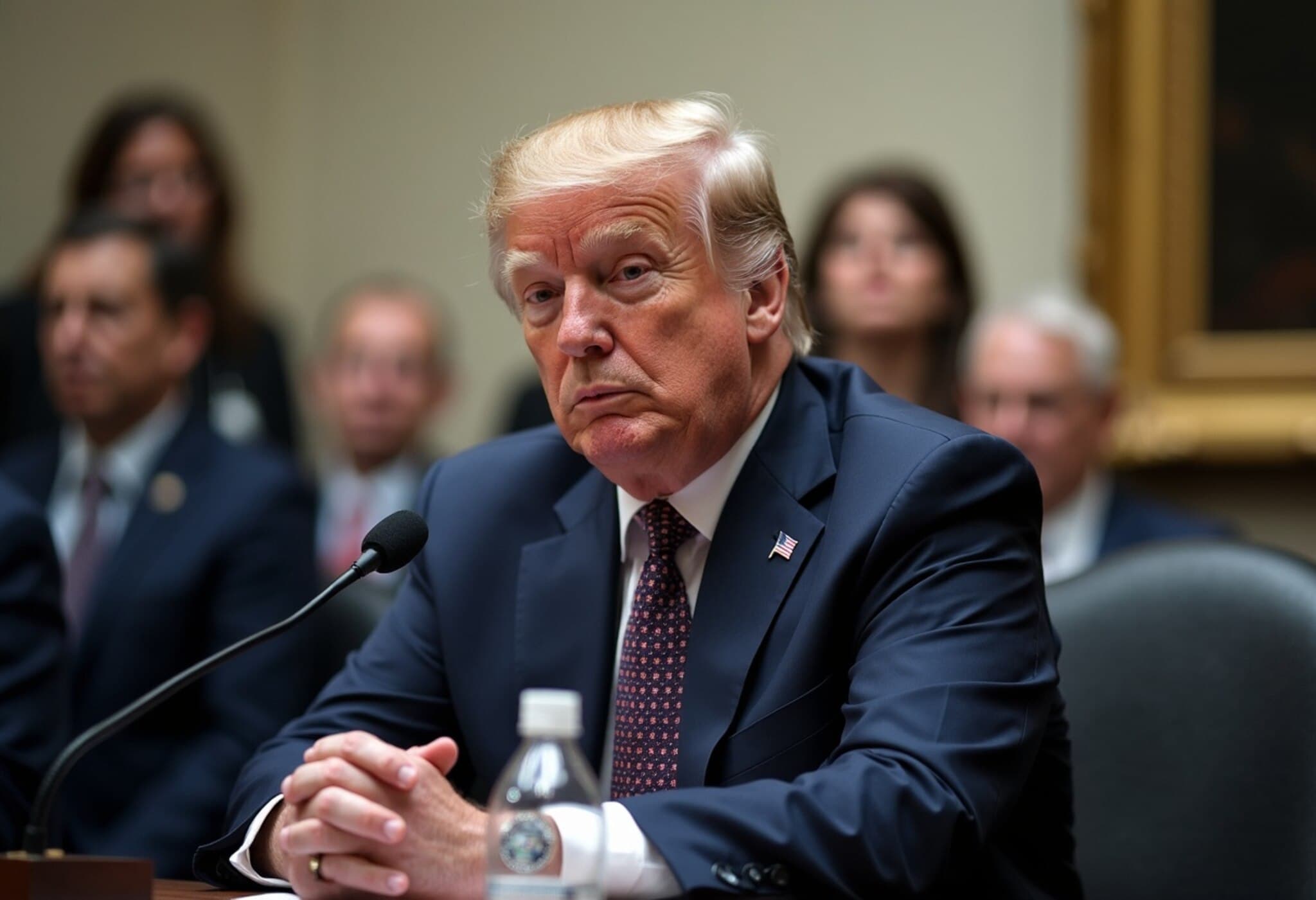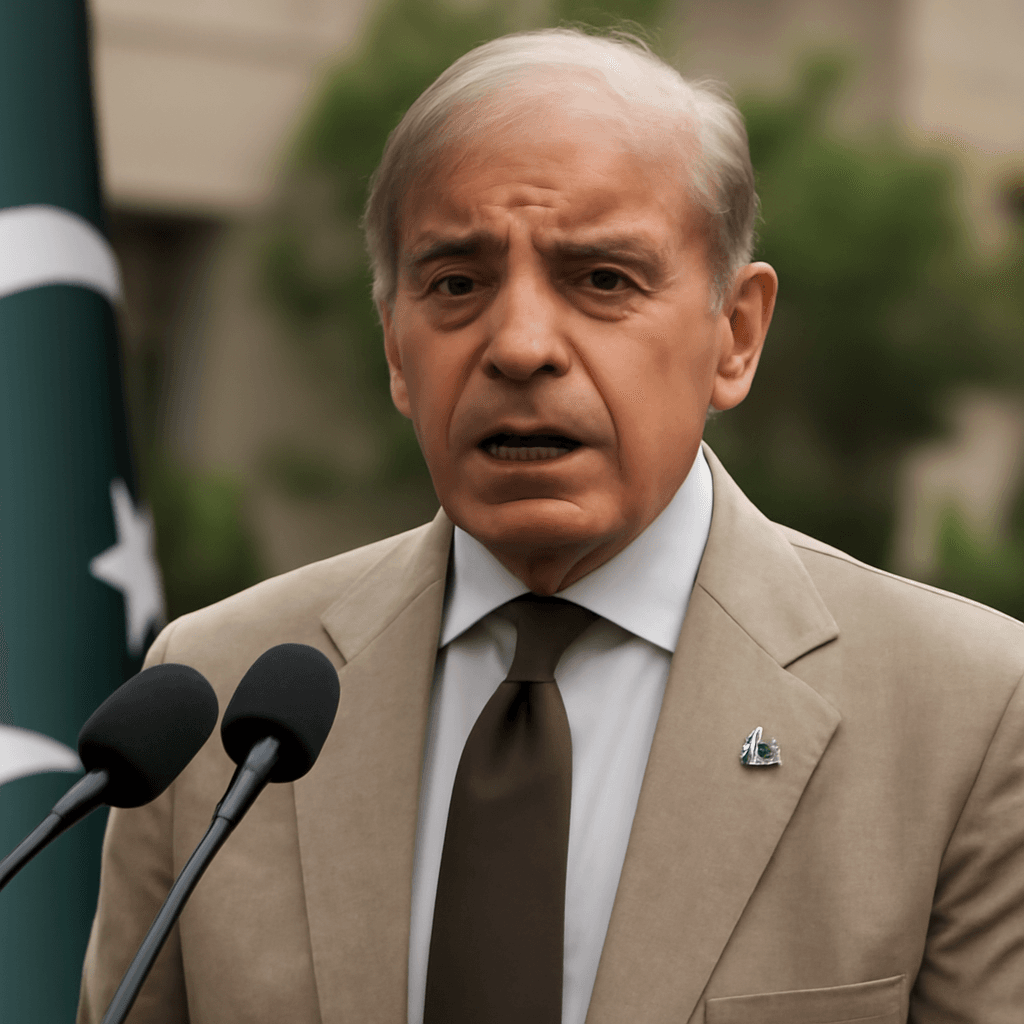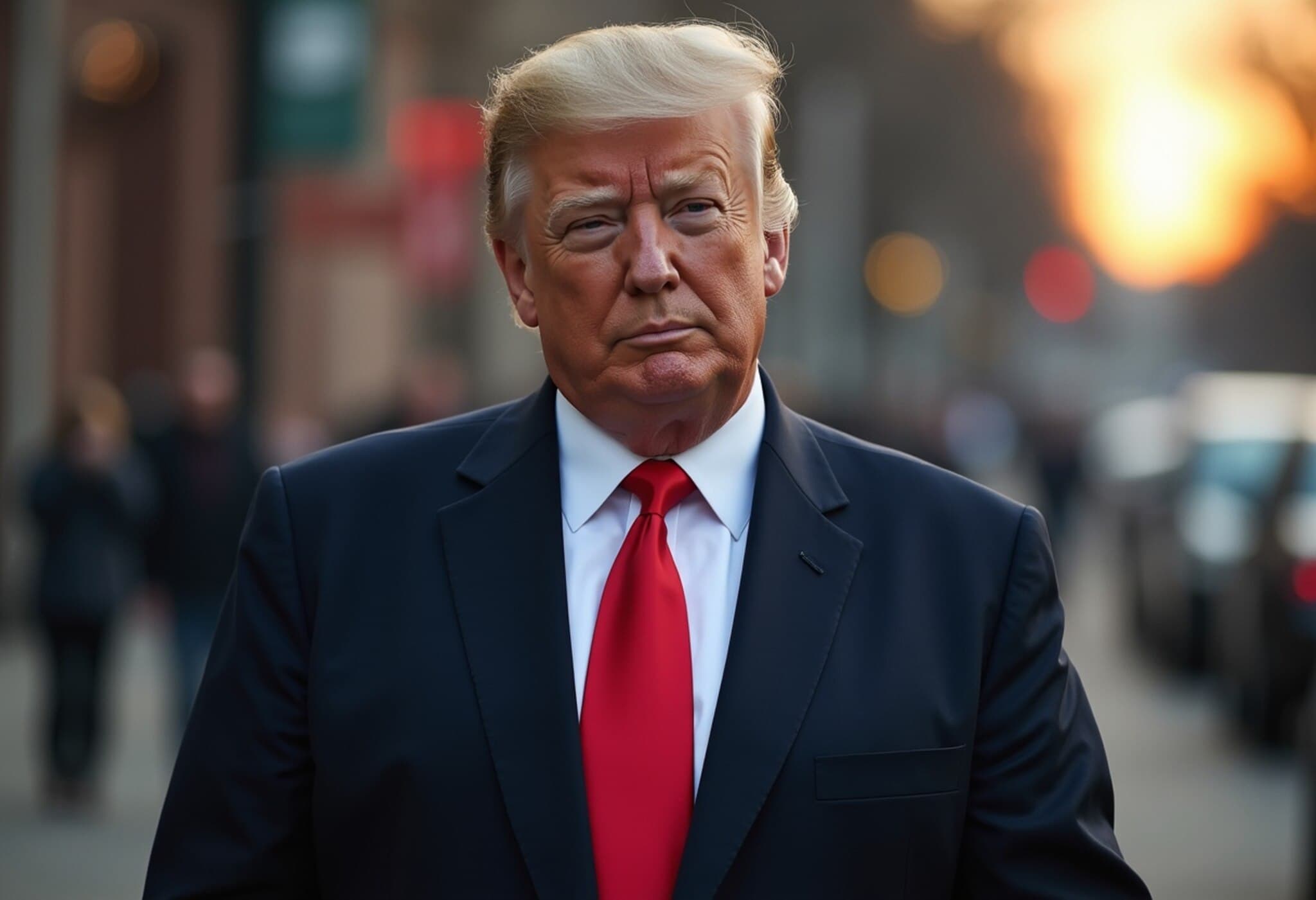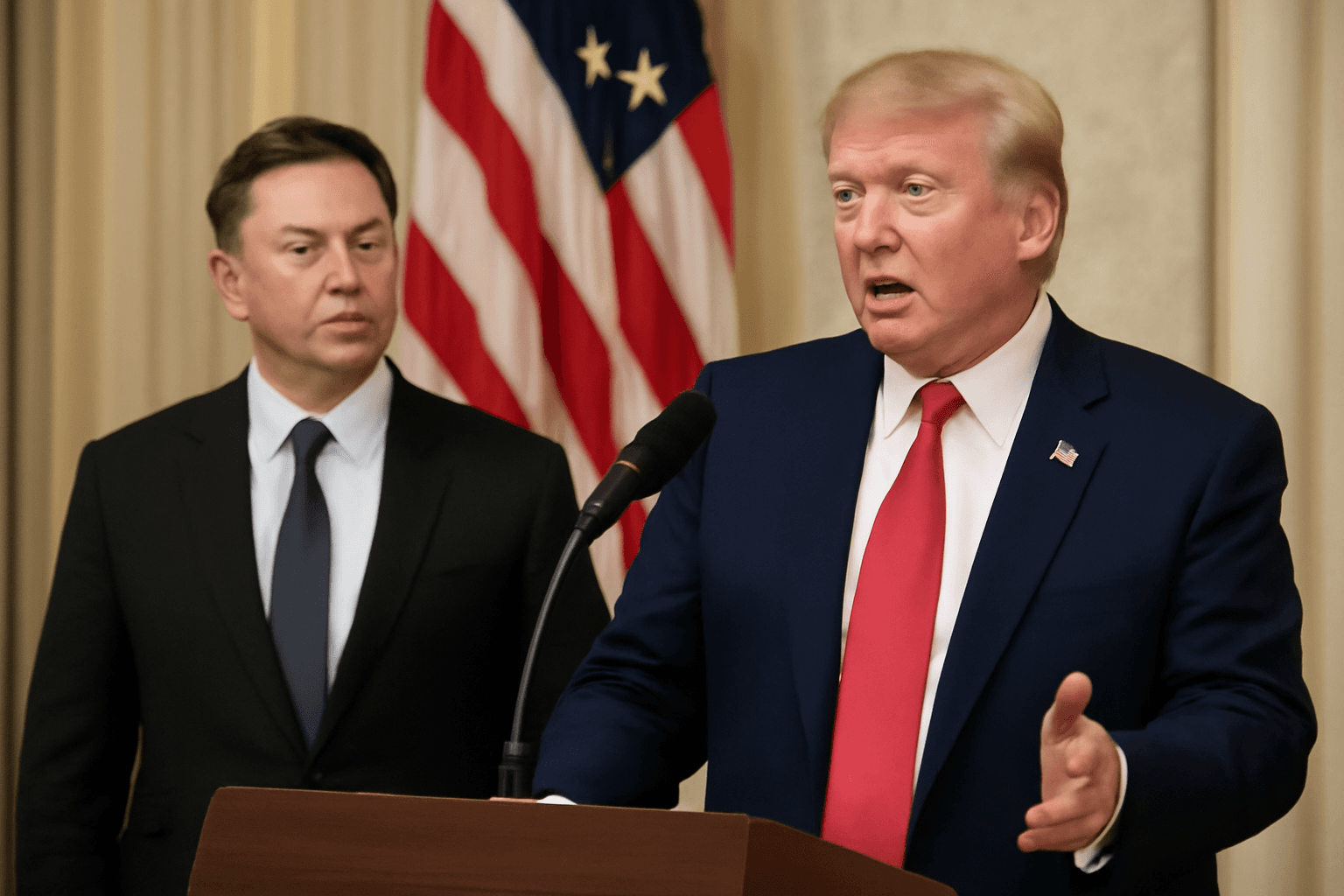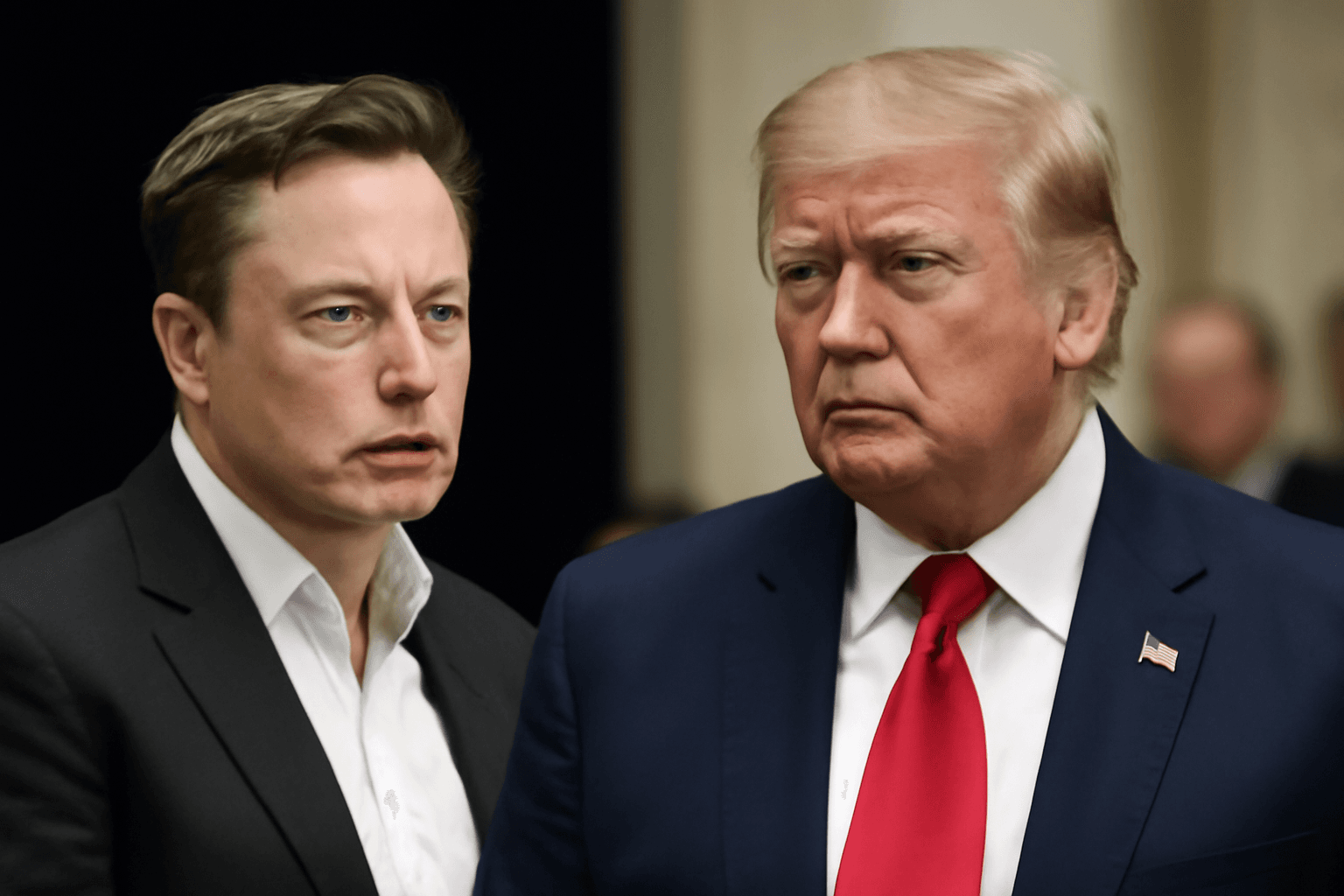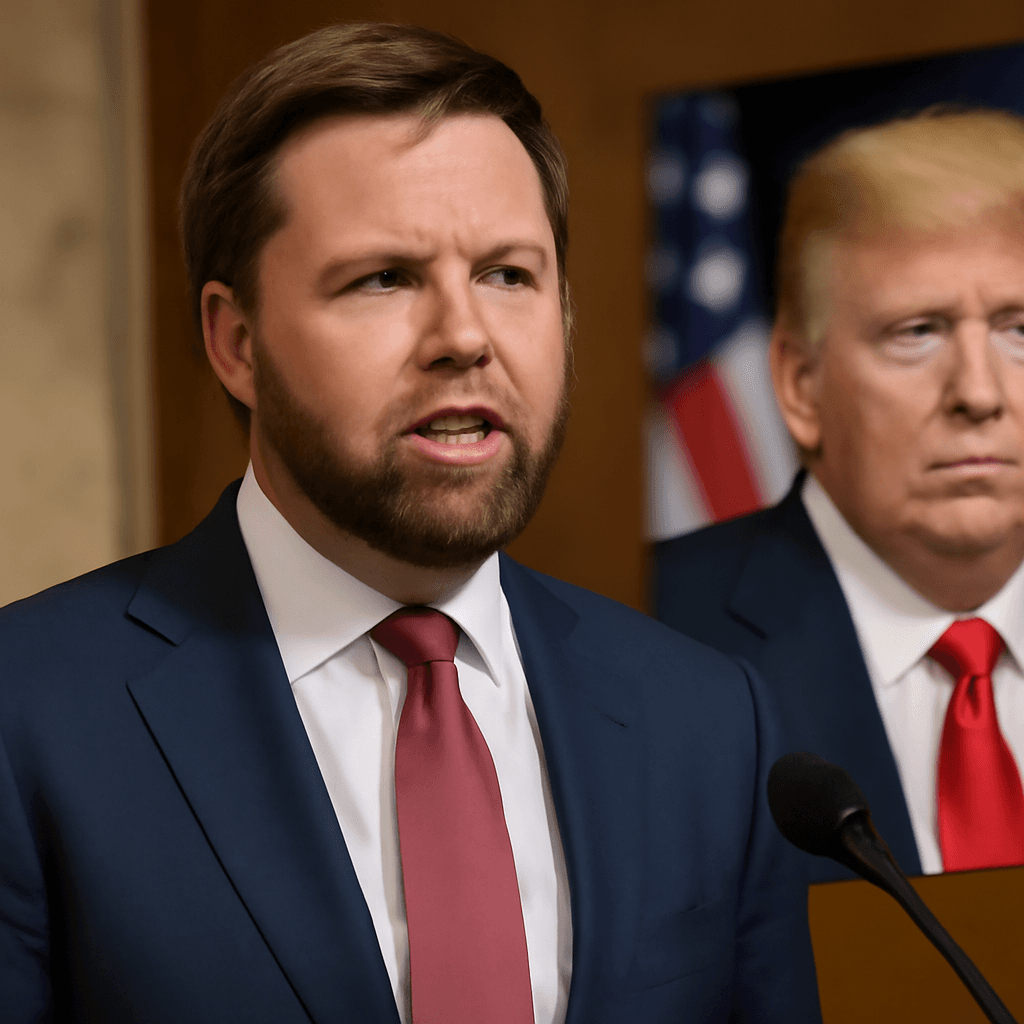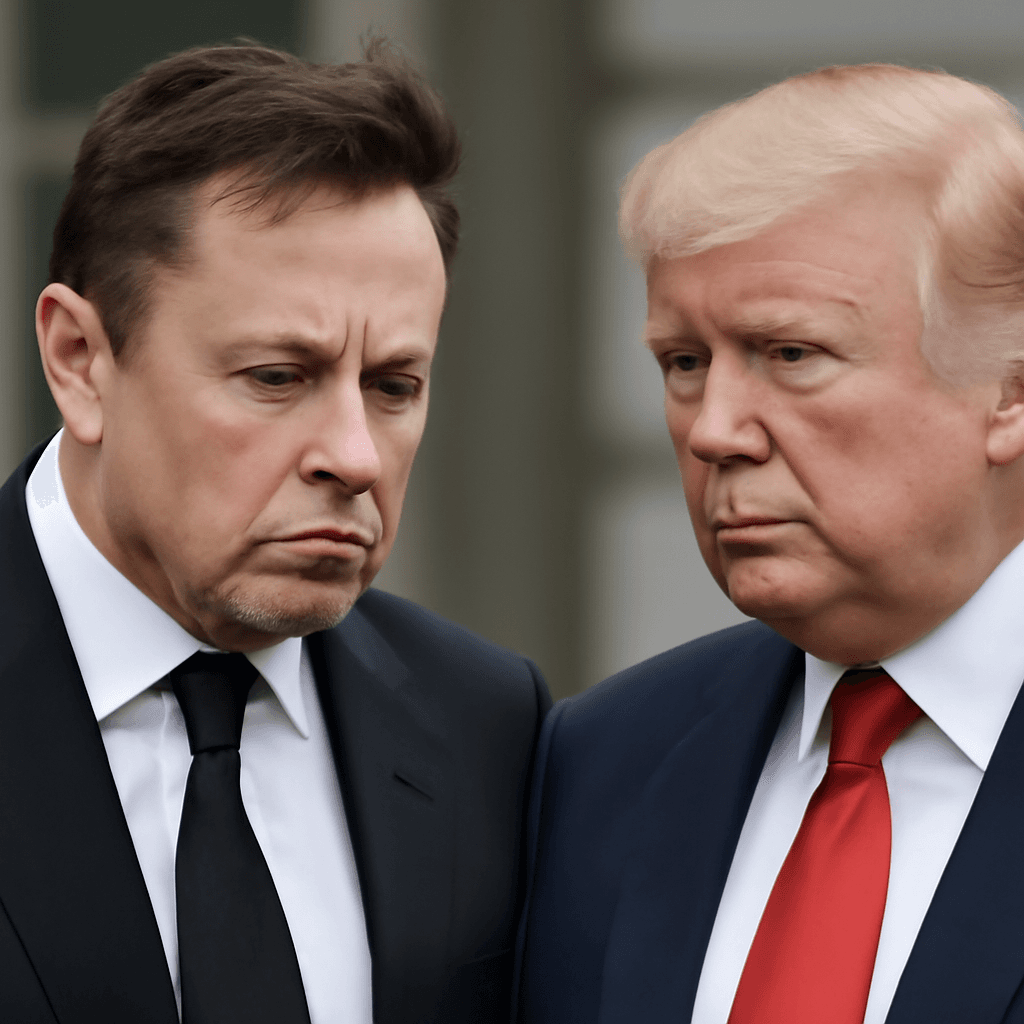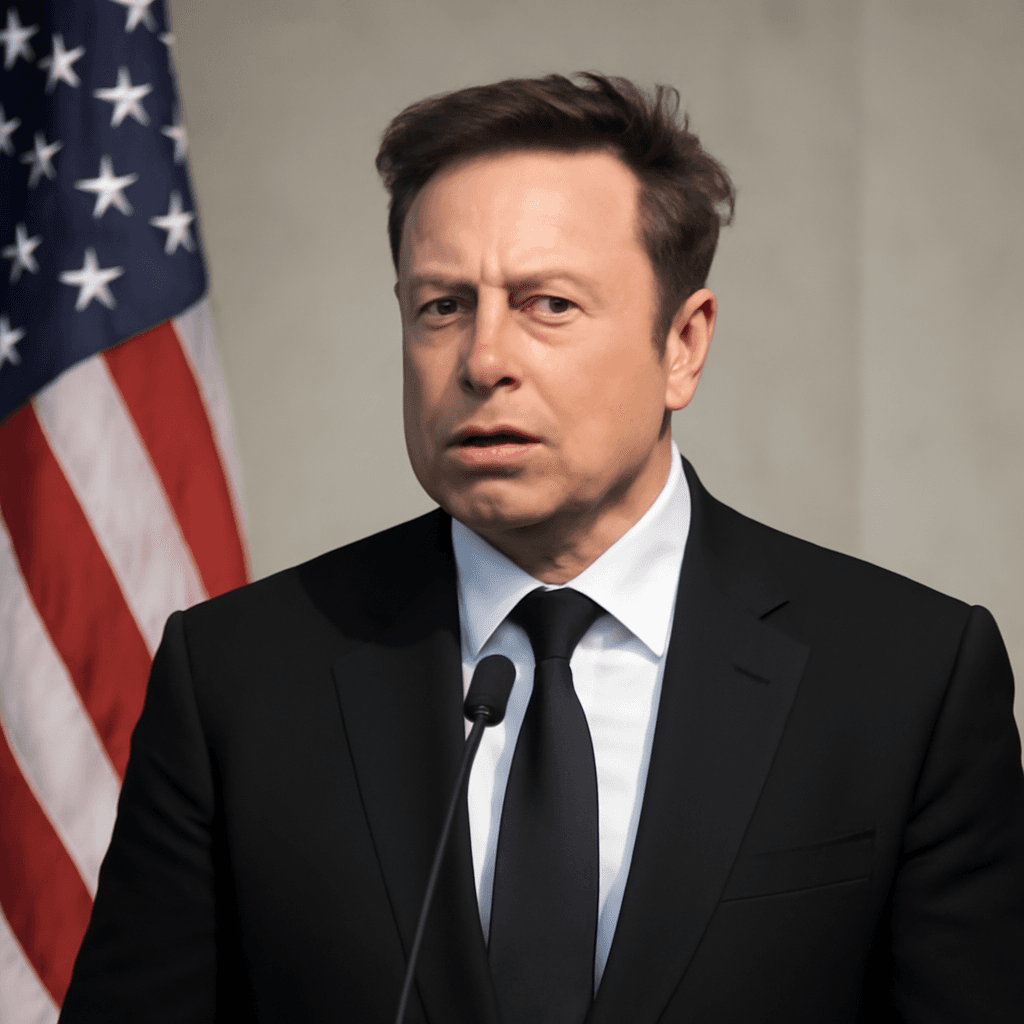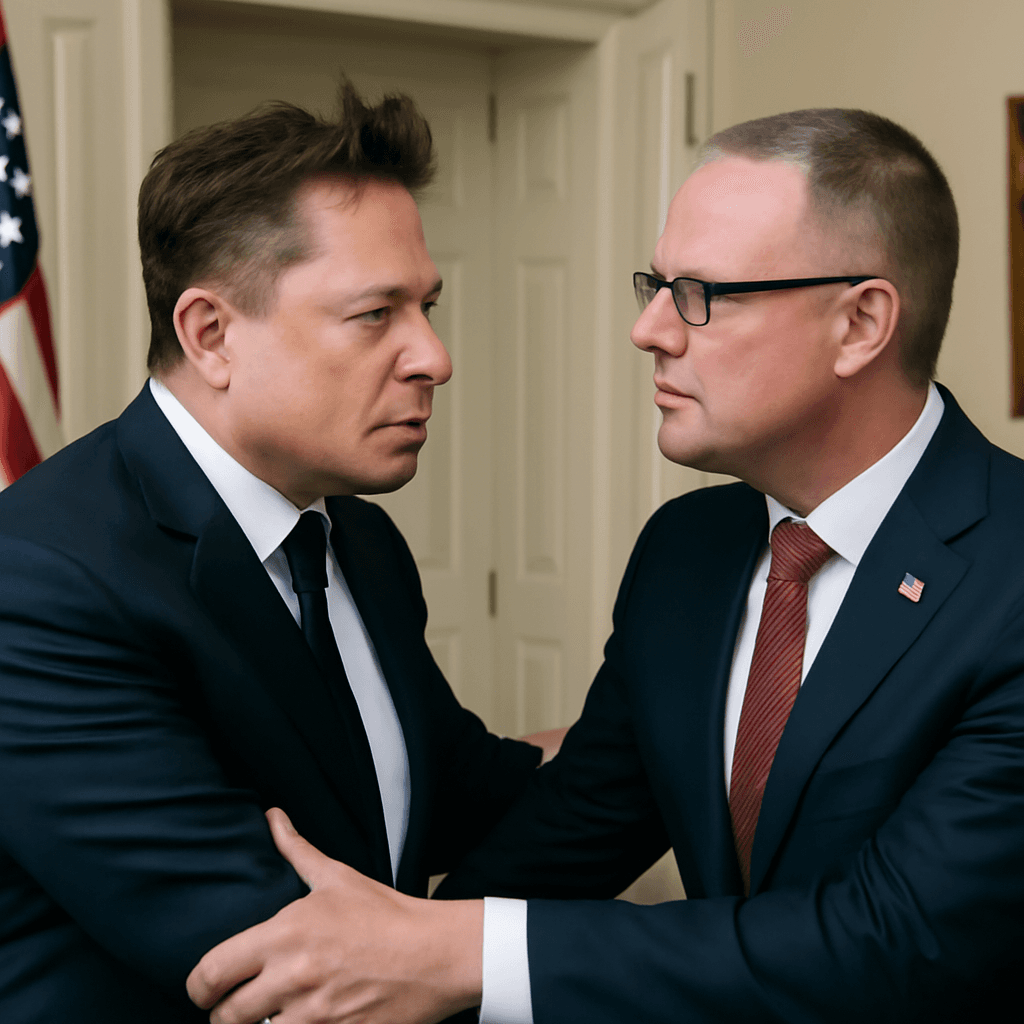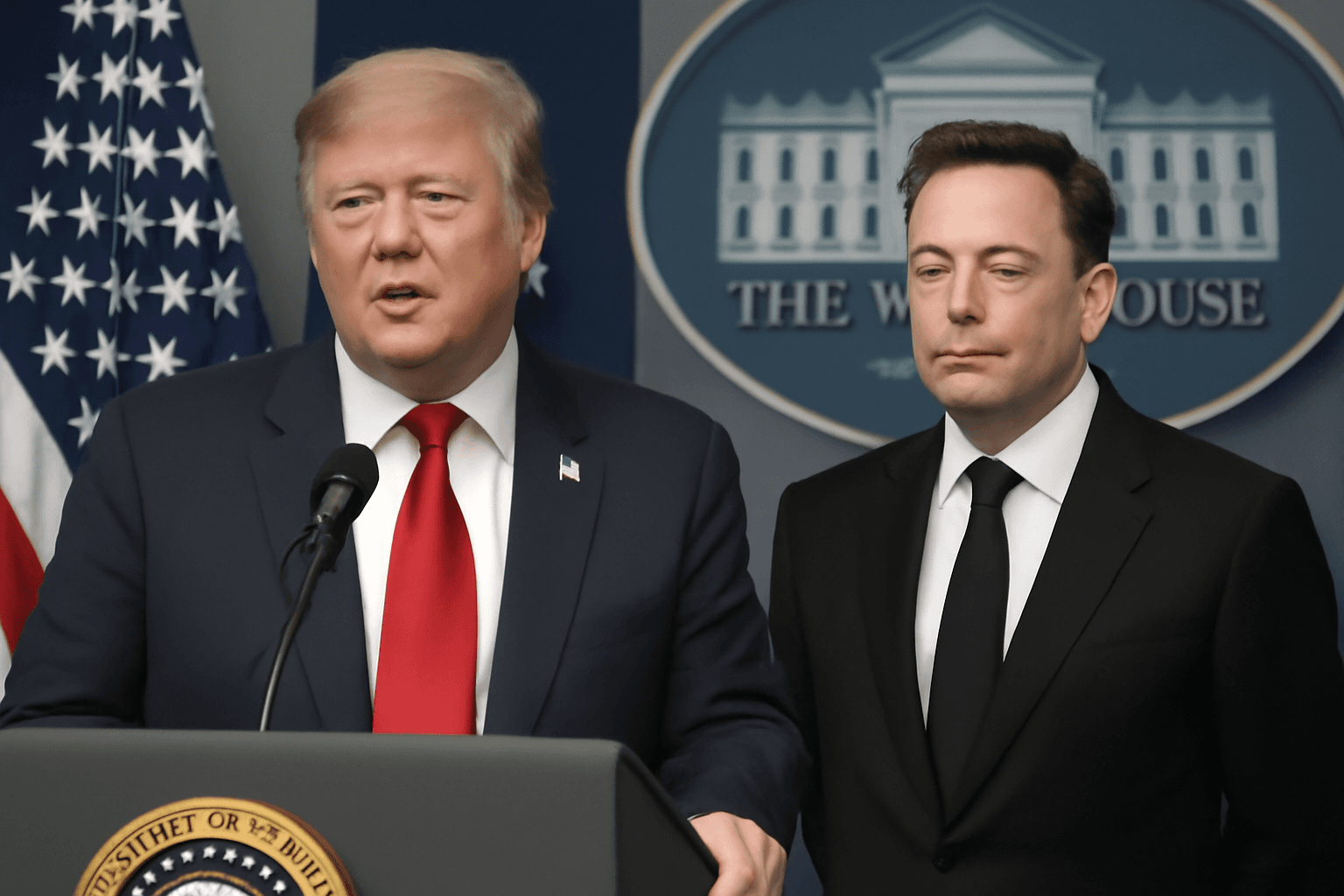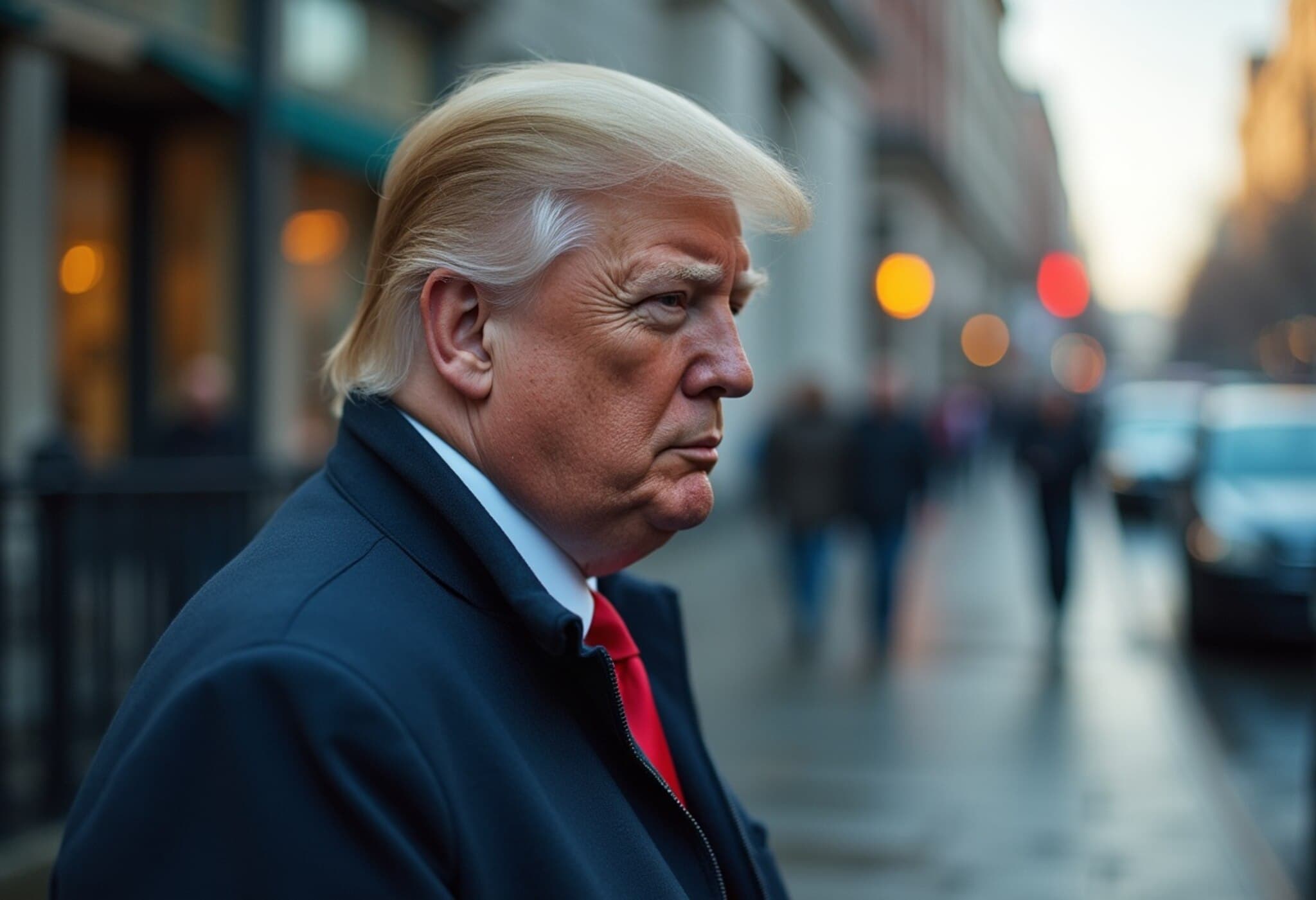Musk-Linked Federal Task Force DOGE Sees Major Staff Turnover
The elite federal task force known as DOGE, established to spearhead the overhaul of the U.S. government under Elon Musk’s guidance, is experiencing significant internal shakeups. Over the past several months, multiple high-profile officials and engineers affiliated with DOGE have resigned following Musk’s retreat from daily oversight.
The Shift in Influence and Security
Once fortified with armed guards and guarded access, DOGE’s headquarters have seen a notable relaxation in security measures — the armed guard has been removed and signage restricting access has vanished. This physical scaling back symbolizes a broader diminution of the task force’s prominence within the current administration’s reform agenda.
Who’s Leaving and Why?
According to internal sources and reports from Politico, at least eight founding members of DOGE have stepped away from government roles. Among these are Steve Davis, the operational helm, and his wife Nicole Hollander, who played a key role in workforce reductions. Brad Smith, credited with cuts at the Department of Health and Human Services, and Chris Stanley, Musk’s aide behind Starlink deployments, also resigned.
- Katie Miller – Former communications director
- Amanda Scales – Handled firing exemptions at the Office of Personnel Management (OPM)
- James Burnham – Chief counsel, now reportedly returned to private practice
- Tom Krause – Ex-fiscal assistant secretary of Treasury
Adding to departures, at least seven engineers with cross-agency access have left, with three more preparing to exit within a short timeframe.
A senior White House official, speaking anonymously to Politico, contextualized these departures by noting many DOGE leaders were appointed as special government employees — positions often not intended for long-term federal careers. The official emphasized, "It was never the plan for DOGE’s highest tiers to transform into career government roles."
White House Reassures Continuity Amid Turnover
Despite the high-profile exits, the White House remains resolute about the ongoing mission to streamline government operations and eradicate wasteful spending. White House spokesperson Harrison Fields asserted, "Many presidents have promised reforms, but President Trump is delivering unprecedented efficiency improvements and anti-fraud measures." Fields highlighted that federally led savings have surpassed $170 billion and stressed that agencies are advancing key initiatives such as AI.gov, the government’s flagship AI integration project.
New Faces and Continuing Projects
New appointees with connections to Musk and the technology sector are stepping up. Scott Kupor, previously a managing partner at Andreessen Horowitz and Musk supporter, was recently confirmed as Director of OPM. Other notable DOGE veterans now serve in strategic positions:
- Aram Moghaddassi – CIO at Social Security Administration
- Tyler Hassen – Interior Department official
- Jeremy Lewin – State Department appointee
- Joe Gebbia – Leading federal retirement digitization efforts at OPM
DOGE’s ongoing work includes eliminating redundant phone lines, cancelling obsolete software licenses, and upgrading the National Weather Service’s radio communication systems. These steps underscore a broader commitment to modernization despite turbulence within the team.
Expert Insight: The Road Ahead for Government Reform
From a policy analyst’s viewpoint, DOGE’s staffing turnover reflects a common challenge faced by rapid government innovation teams — retaining long-term talent when initial leadership is closely tied to charismatic figures like Musk. The transition raises critical questions about sustainability and institutionalizing reforms beyond personalities.
Additionally, the $170 billion in reported savings, while impressive, invites scrutiny on how these figures translate into tangible public benefits without sacrificing essential services or expertise. The ambitious AI.gov initiative also spotlights the intersection of technological modernization and ethical governance, especially in a landscape wary of surveillance and automation risks.
Conclusion: Continuity Amid Change in U.S. Government Overhaul
While the exodus of key Musk-aligned officials from DOGE signals shifts in federal power dynamics, the White House’s unwavering commitment to trimming government fat and advancing technological upgrades marks an evolving chapter in U.S. public sector reform. Watching how these transitions impact long-term efficiency and public trust will be essential for policymakers and citizens alike.
Editor’s Note
The departure of high-profile DOGE figures provokes reflection on how reform initiatives can outlast their founders. Readers should consider: How can government innovation teams maintain momentum when tied to individual leaders? And how might this influence trust in federal modernization efforts aiming to save billions for taxpayers?


